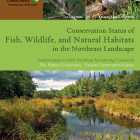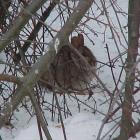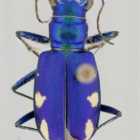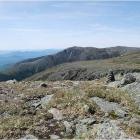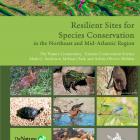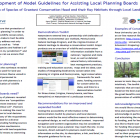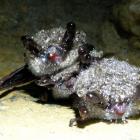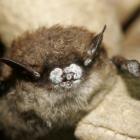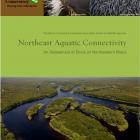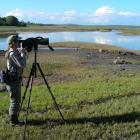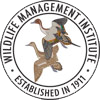This project, in collaboration with another RCN Project, Conservation Status of Fish, Wildlife and Natural Habitats in the Northeast Landscape, reported on the status of approximately 30 key indicators and measures specific to eight habitats and two regional species groups in the northeast. The final report, provided below, will help the Northeast...
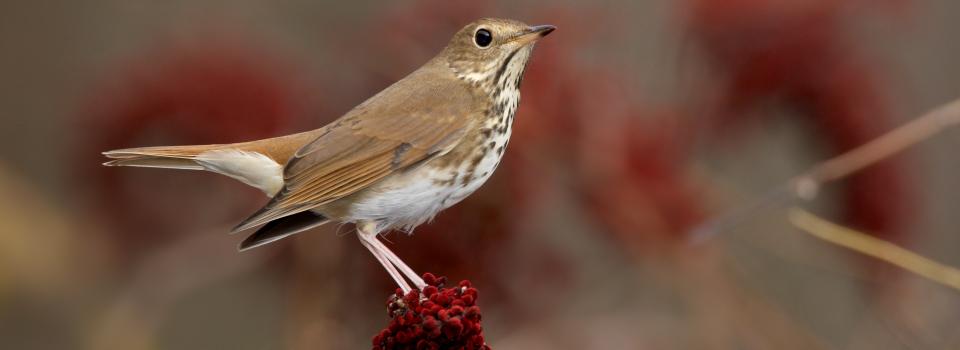
Hermit Thrush
Photo by: Robert Royse
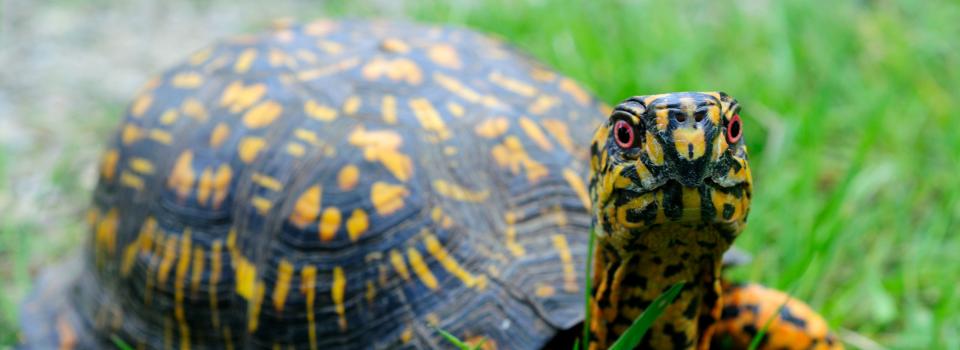
Box Turtle
Photo by: Jonathan Mays
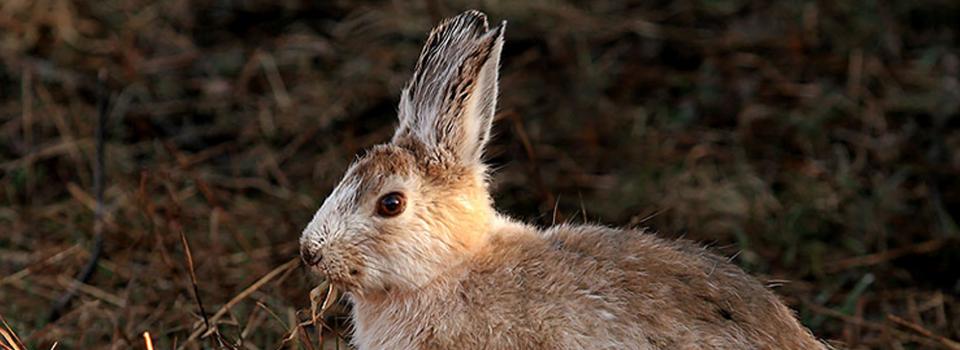
Snowshoe Hare
Photo by: Mike Hodgson

Timber Rattlesnake
Photo by: Kelly Wiley
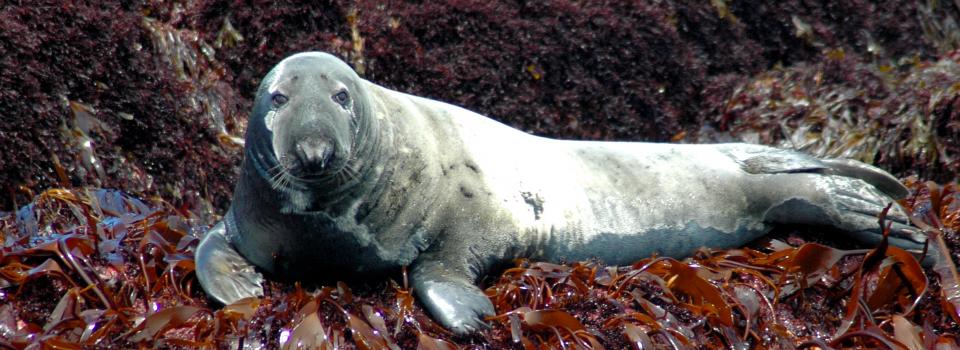
Gray Seal
Photo by: Jonathan Mays


